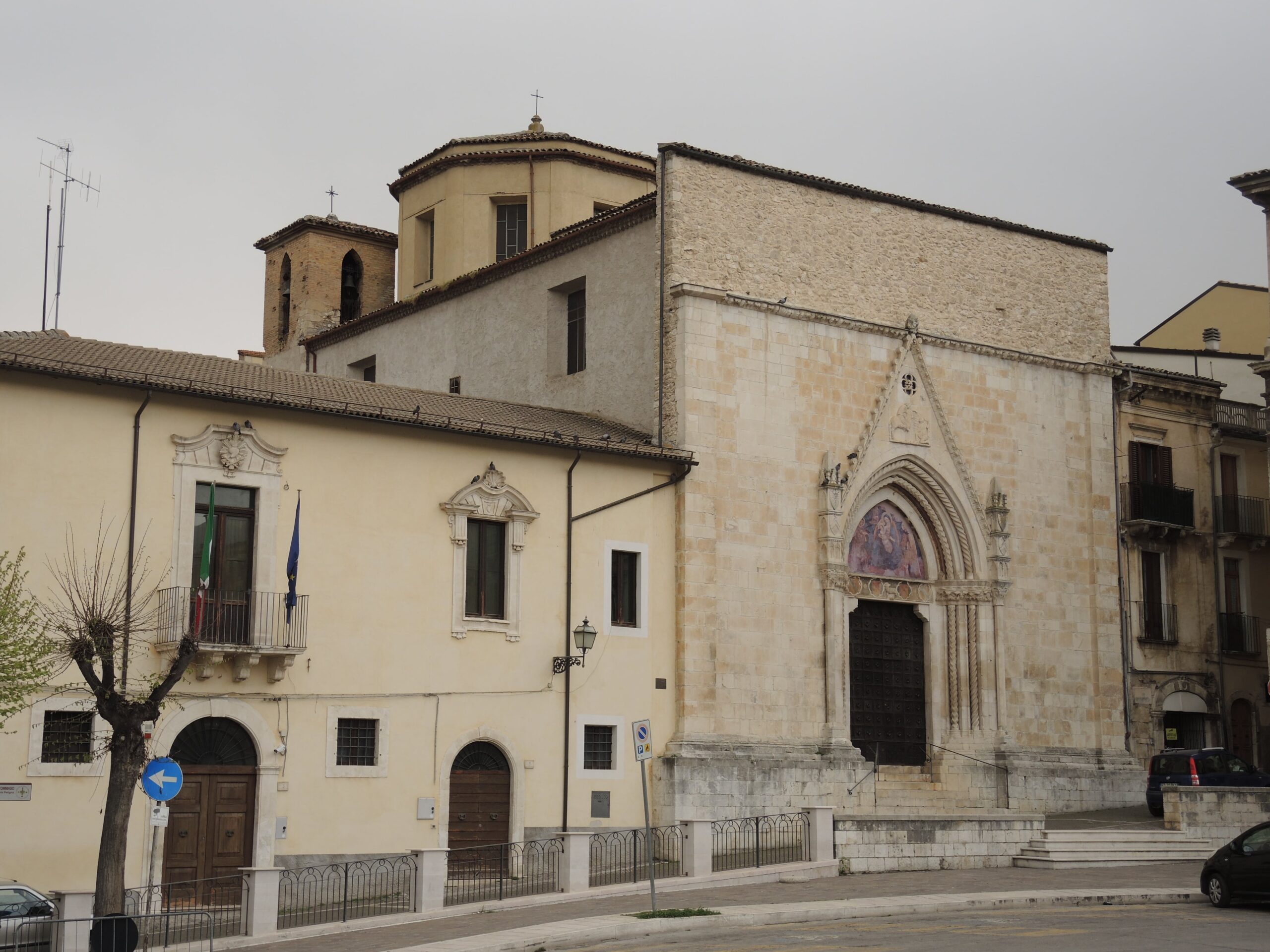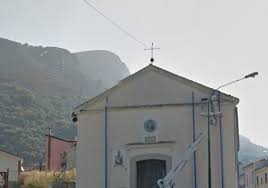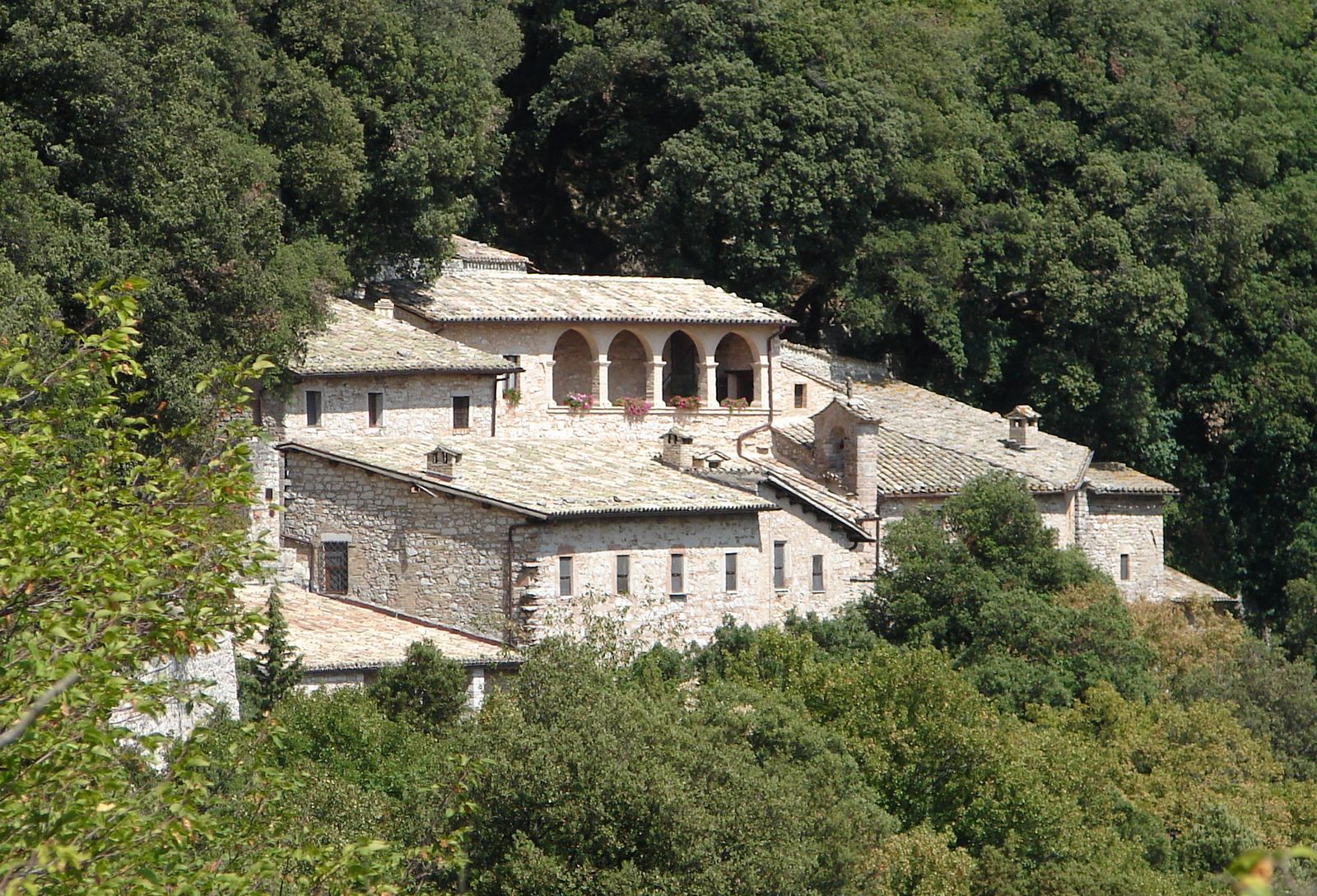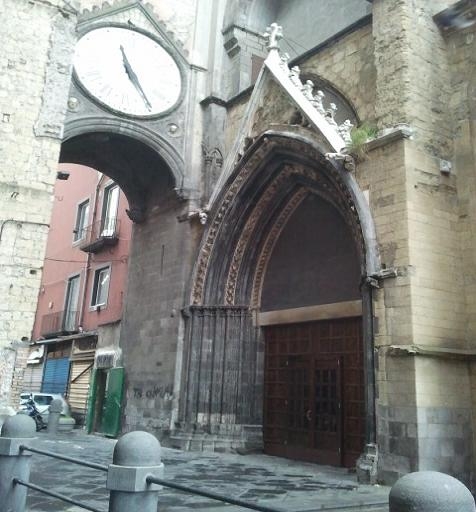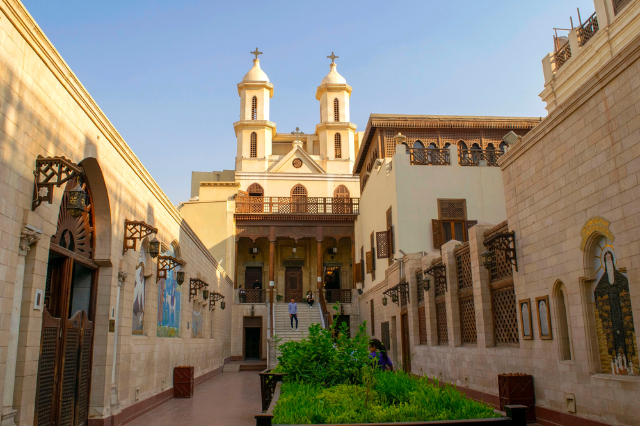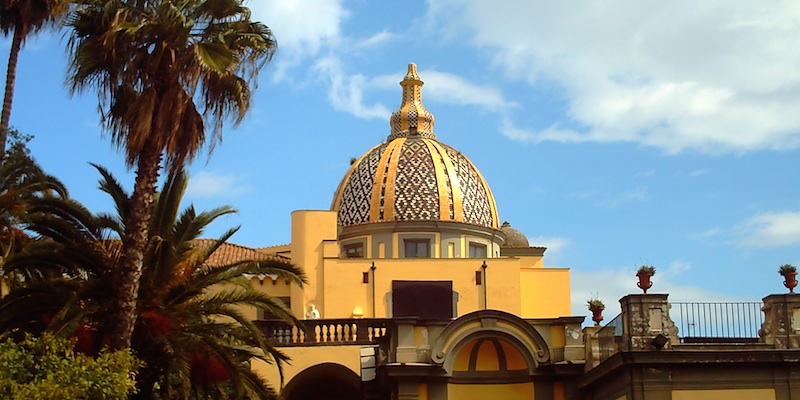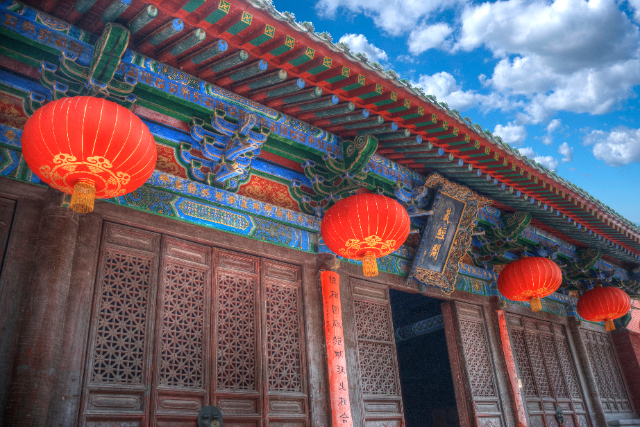Construction of the church and oratory of St. Philip Neri began in the mid-17th century and was completed in 1677. In the beginning, however, the congregation was based-along with that of the Jesuit Fathers-at the church of St. Ignatius, located in Piazza XX Settembre and no longer extant; only later did it move to Piazza Maggiore, today’s Piazza Garibaldi.
The 1706 earthquake forced a reconstruction of the complex, for which Baron Giambattista Mazara magnanimously took charge between 1785 and 1794, meriting the memorial plaque placed on the right wall of the church;
In 1799, with the suppression of the Philippine order, the Fathers left the city and the sacred building, abandoned and reduced to profane use, was turned into a bakery and also used for military purposes.
Only in 1920 did the church regain its religious use, becoming the seat of the parish of St. Agatha. It is from here that the traditional event of the Madonna running away into the square, a joyful conclusion to Holy Week in Sulmona, begins on Easter morning.
The church’s most striking feature is its facade, which belonged to the vanished Gothic church of St. Augustine, erected in 1315 in the area where the War Memorial (Carlo Tresca Square) stands today.
The church, remodeled after the 1706 earthquake, features an 18th-century Baroque language. The single hall with four side altars consists of two square bays covered by pseudo-domes.
The two canvases of the side altars closest to the chancel, on the right the Sacred Hearts of Jesus and Mary, on the left the Immaculate Conception, are the work respectively of the Sulmonese Vincenzo Conti (1812) and Carlo Patrignani, another pupil of Patini, who executed it in the early 20th century. Also noteworthy is the organ in the counterfacade, of 19th-century workmanship, probably built by Pacifico Inzoli from Cremasque.
